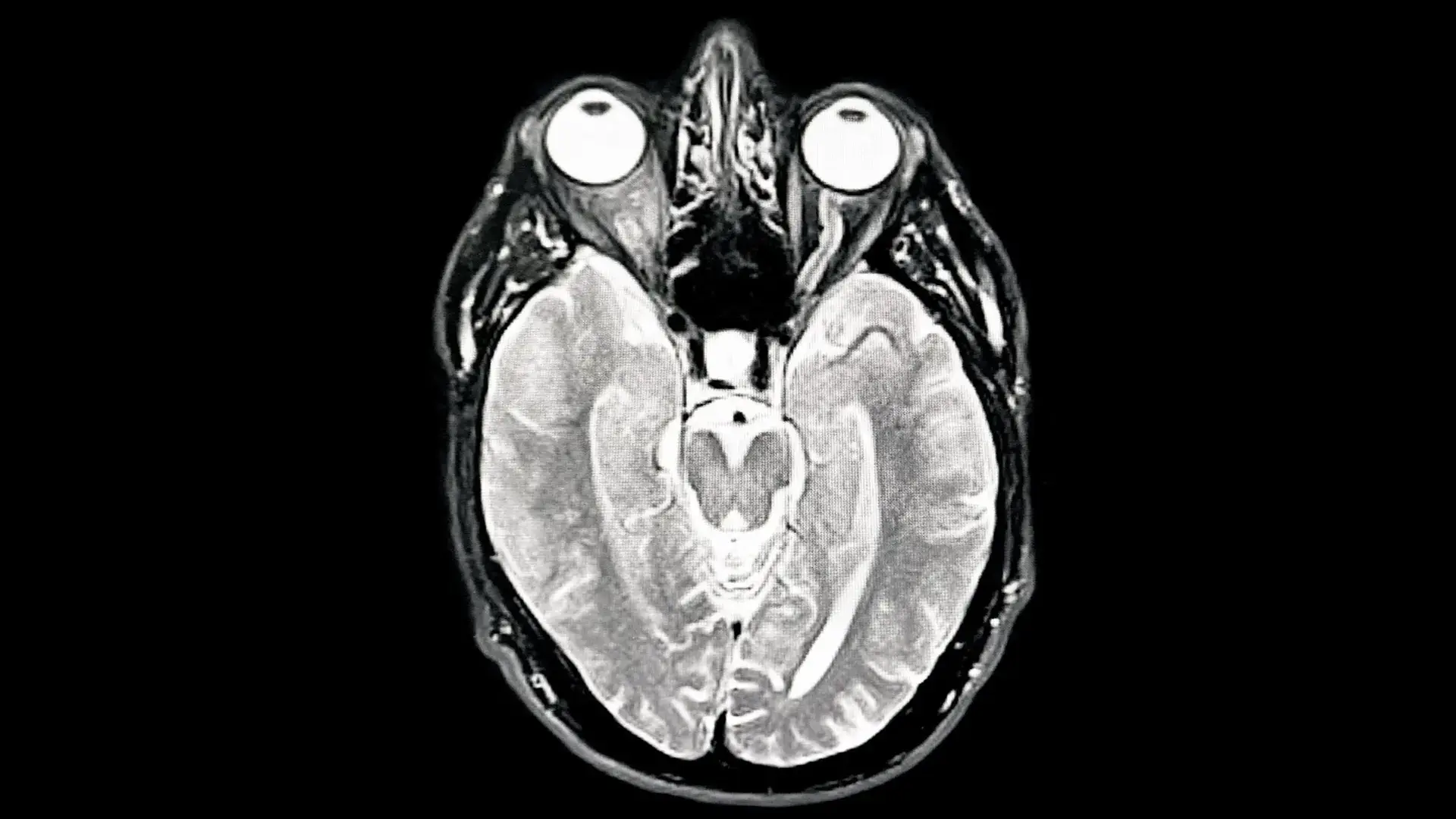Researchers have developed two potential antibiotics using artificial intelligence, demonstrating a significant step forward in combating drug-resistant bacteria. The AI, developed by MIT, designed the drugs atom-by-atom, effectively killing superbugs like gonorrhoea and MRSA in lab and animal tests. These AI-designed compounds disrupt bacterial cell membranes through novel mechanisms and are structurally distinct from existing antibiotics.
The AI algorithms screened over 36 million possible compounds for antimicrobial properties. One AI approach showed promise against MRSA, showcasing the power of AI in drug design by exploring previously inaccessible chemical spaces. While these compounds require years of refinement and clinical trials, this advancement offers a promising avenue for tackling the urgent global threat of antibiotic resistance.
This research signifies a move beyond using AI to merely identify existing chemicals with antibiotic potential, towards actively designing new antibiotics. The AI model, dubbed SyntheMol, not only designs novel molecules but also generates recipes for their synthesis, marking a significant advancement in the field.




